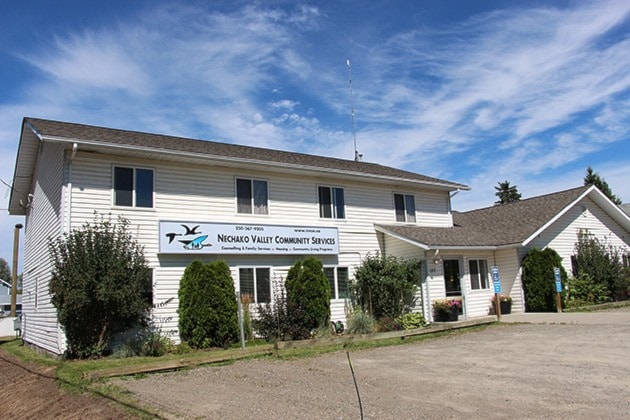Four Vanderhoof families, each include young adults with disabilities, are exploring the feasibility of establishing family-directed programming in Vanderhoof to better address youth needs after high school graduation.
“The goal in mind for [us] is to enhance the current quality of life for their youth and to help these youth strive toward a self-determined life,” said Debbie Still, one of the parents. “When students with disabilities graduate from the public school system, there is generally a substantial drop in services for supervised activities for these youth and they have difficulty integrating into the broader local community.”
They lose learning momentum and life skills after completing school, Still explained.
“While in the school system, these students were fully included into the school community, but once graduated, they soon disappear from the local community scene,” she said. “The youth feel isolated and their life skills regressed from what they had acquired in the school system.”
In the past, families left the community to bigger centres to seek necessary services, Still said. Though some programs exist for adults with developmental disabilities in general, they may not be fit for individuals of all ages or with different care needs.
On June 27, they invited the lead parent of InclusionWorks! Saanich to present on a collective governance model for youth with disabilities at Glad Tidings Tabernacle.
InclusionWorks! is a model of family collaboration over a five-year transition period to create a program of individualized activities up to seven hours a day for five days a week, with a focus on employment, life skills, and friendship, explained Catriona Johnson of Saanich.
Though the self-directed model led to concerns of accountability over public funds, difficulties in managing budgets, and parent volunteer hours, it provides greater independence, flexibility, satisfaction, and community integration for the families involved so far.
Hosted by existing provincial agencies such as Community Living BC, which funds services for adults with developmental disabilities, IW! first started in Victoria in 2010 when there was a shortfall in government funding for adults with disabilities.
In Vanderhoof, the initiative is still at its research phase, as families look into partnerships with WorkBC for customized employment and local colleges for education opportunities, Still said.
Contracted by Community Living BC, Nechako Valley Community Services Society has programs such as community kitchens, mobile work crew, and social outings for adults with disabilities in the area, but the organization is limited by resources, said NVCSS executive director Tyrell Arnold.
“Sometimes they don’t get the same amount funding as children,” Arnold said. “We try to work with families as much as we can.”
To assist with the transition from youth to adulthood, the provincial government launched the Services to Adults with Developmental Disabilities (STADD) program in 2013, where a network of navigators work with government and community partners to connect youth between the ages of 16 to 24 years with appropriate services and supports in four communities and their area — Kamloops/Merritt, Nanaimo, Prince George, and Surrey. Navigators aim to help individuals identify goals - like where to live or find a job - and help them develop a plan to achieve them.
